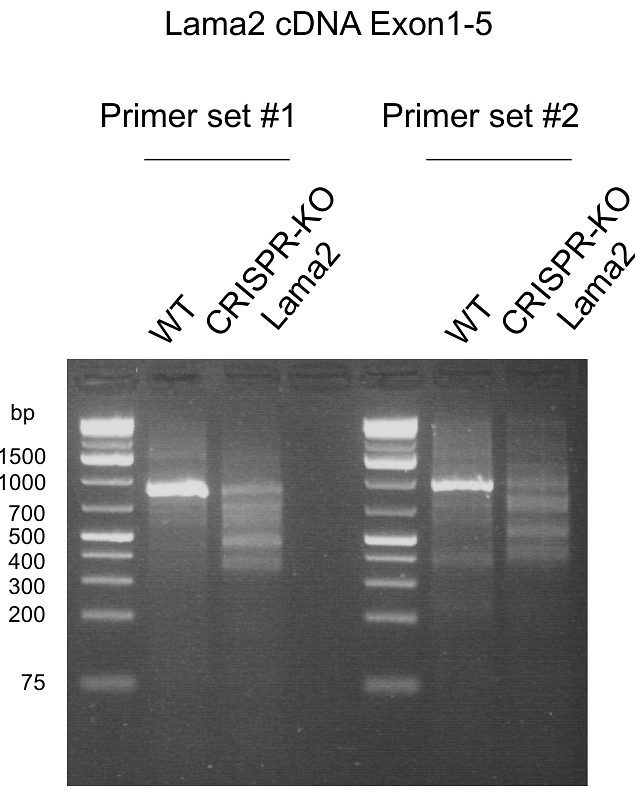Basement Membrane Structural Integrity Dictates Trans-Tissue Deposition of Laminin in Mammals

Basement Membrane Structural Integrity Dictates Trans-Tissue Deposition of Laminin in Mammals
Miner, J. H.; Omachi, K.; Yurchenco, P.; McKee, K. K.; Lin, M.-H.; Fujiwara, H.; Puapatanakul, P.
AbstractBasement membranes (BMs) are specialized extracellular matrices (ECMs) essential for tissue structure and function. In non-vertebrates, ECM components can be produced both locally and by distant tissues. In contrast, mammalian ECM has traditionally been considered to originate predominantly from adjacent or tissue-resident cells. The kidney glomerular basement membrane (GBM), composed of laminin-5{beta}2{gamma}1 and collagen-345(IV), is produced by neighboring epithelial cells and functions as a filtration barrier. Alport syndrome, a genetic kidney disease in children, is characterized by GBM structural defects and ectopic laminin-2 deposition, but the source of this laminin remains unknown. Here, using CRISPR/Cas9 transgenic models, we demonstrated that ectopic laminin-2 originates not from local kidney cells but from the circulation. Furthermore, laminin-2 in the mesangium partially derives from circulating sources even under healthy conditions. Our findings uncover a non-cell-autonomous mechanism whereby GBM integrity regulates circulating protein incorporation, revealing a previously unrecognized trans-tissue regulation of BM composition in mammals.